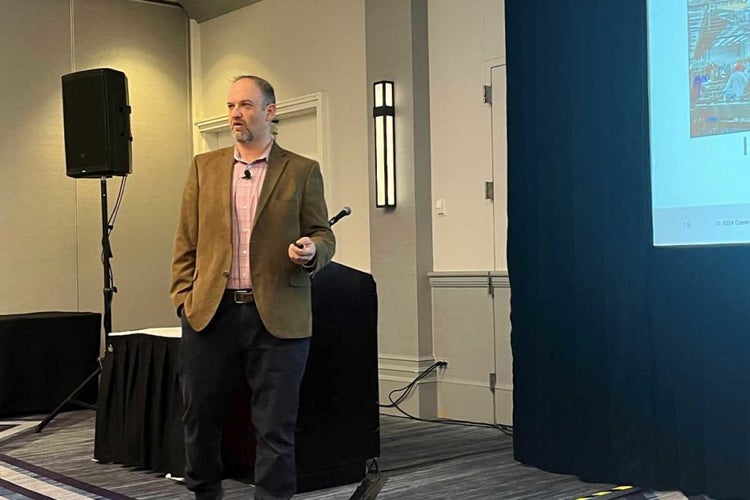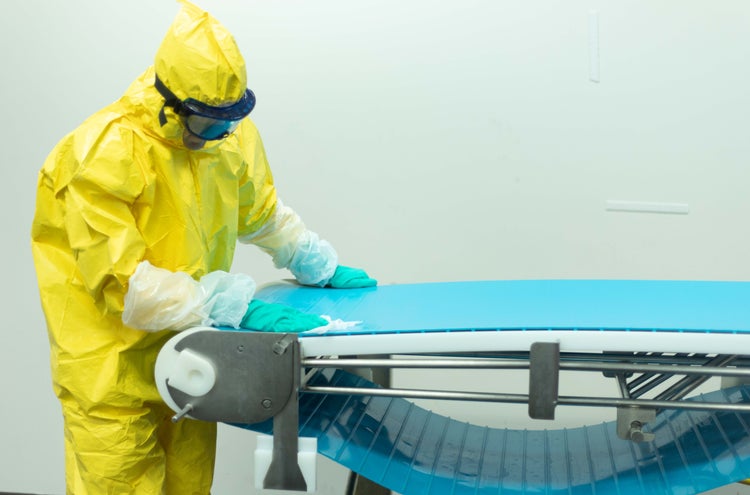Finding ways to manage allergy risks in bakeries

CHICAGO — Undeclared allergens are the leading cause of food recalls, which makes managing that problem an important part of business. Nathan Mirdamadi with Commercial Food Sanitation talked about the various risks and some of the best ways to manage them at BakingTech 2024, held Feb. 27-29 in Chicago.
Ensuring that equipment is cleaned correctly and is free of all allergens is especially hard in bakeries that use these ingredients. The latest challenge has been sesame, which was declared the ninth major food allergen when the Food Allergy Safety, Treatment, Education and Research Act become effective Jan. 1, 2023.
Ask yourself this question: Why are we cleaning? Understand what that answer is, and that will help you determine the level of cleaning.”
“There's a lot of challenges when it comes to allergens and allergen management,” Mirdamadi said. “When it comes to our facilities, there's a lot of inaccessible equipment. There's a lot of challenges with getting into the nooks and crannies of the equipment, being able to clean all the different niches that the equipment has.”
He said there are nuanced challenges with sesame, depending whether it’s used in a mix or as a particulate atop products like hamburger buns. Cleaning up sesame seeds is like trying to clear away all the sand in your clothes and suitcase after a trip to the beach.
“Wherever you go to the beach and spend a few days with your family, you'll be finding sand in your suitcase probably on your next trip. It just finds places to hide.”
If we don't take hygienic design into consideration for the facility in totality, it can actually be a bit short-sighted: we have to understand the impact of our decisions, not only when it comes to sanitation but also when it comes to the operation and maintenance.”
He said that bakeries need to ask themselves why they’re cleaning and the objectives they’re trying to accomplish.
“That's going to actually help you understand the level of cleanness that's expected,” Mirdamadi said. “If we're cleaning for operational reasons and that's the single reason we're cleaning, do you need to worry about getting micro cleaned? There's a cost of quality. If you're cleaning too well, you could be wasting company resources. Ask that question: Why are we cleaning? Understand what that answer is, and that will help you determine the level of cleaning.”
In order to manage allergen risk, he explained that some companies use defensive labeling in their products to warn consumers of possible cross contamination. For instance, although a product may not contain an allergen, such as peanuts, if it was produced in a facility that makes products with peanuts, a warning could be added to the label.
Another strategy is deliberately including an allergen in a product and putting it on a product’s label, which protects companies from regulatory risk if an inspection finds that allergen on the line.
Mirdamadi suggested that bakeries look to the future when buying equipment and understand how it will impact the entire operation. “If we don't take hygienic design into consideration for the facility in totality, it can actually be a bit short-sighted,” he said. “We have to understand what the impact of our decisions are not only when it comes to sanitation but also when it comes to the operation and maintenance.”



